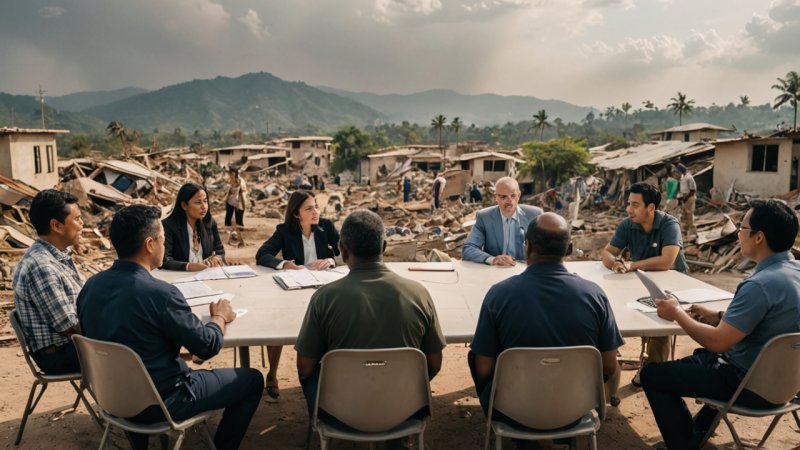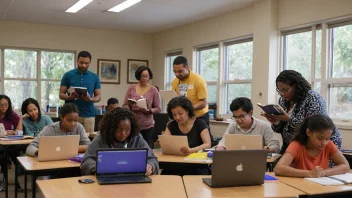Humanitarian crises have been a recurring theme throughout history, with each event providing invaluable lessons for future responses. As we reflect on past disasters, whether they stem from natural calamities, conflicts, or pandemics, it becomes essential to analyze what went right, what went wrong, and how we can improve our strategies for better outcomes. This article outlines key lessons learned from significant humanitarian crises and offers insights into how we can enhance our approach to aid and support in the future.
Prioritizing Community Involvement
One of the most critical lessons from past humanitarian responses is the importance of involving local communities in the planning and implementation of aid efforts. When communities are active participants, the initiatives tend to be more effective and sustainable. Here are a few strategies to enhance community involvement:
- Engage local leaders and organizations to understand the unique needs and strengths of the community.
- Facilitate training programs that empower locals to take leadership roles in disaster response and recovery.
- Encourage feedback mechanisms that allow community members to voice their opinions and concerns about aid efforts.
Emphasizing Preparedness and Resilience
Preparedness is crucial in minimizing the impact of crises. Past experiences underscore the need for proactive measures that build resilience in communities. Key aspects to focus on include:
- Developing comprehensive disaster response plans that are regularly updated and practiced.
- Investing in infrastructure that can withstand natural disasters, such as earthquake-resistant buildings.
- Implementing educational programs that teach communities how to respond effectively during emergencies.
Enhancing Coordination Among Aid Organizations
In many humanitarian crises, the lack of coordination among various aid organizations has led to duplication of efforts and gaps in services. To improve coordination:
- Establish a centralized communication platform for all stakeholders involved in disaster response.
- Encourage collaboration through joint training exercises and resource sharing.
- Foster relationships between international and local organizations to streamline efforts and leverage local knowledge.
Utilizing Technology for Better Outcomes
Technology has transformed the way we approach humanitarian aid. From data collection to communication, leveraging technology can significantly enhance response efforts. Important considerations include:
- Implementing mobile applications for real-time data collection and needs assessment.
- Using social media to disseminate information rapidly and gather community feedback.
- Employing drones and satellite imagery for damage assessment and logistics planning.
Addressing Mental Health and Wellbeing
In the wake of humanitarian crises, mental health often takes a backseat to physical needs. However, addressing mental health is crucial for long-term recovery. Here are ways to prioritize mental health:
- Incorporate psychological support services into humanitarian aid packages.
- Train aid workers to recognize and respond to mental health issues effectively.
- Facilitate community-based programs that promote social cohesion and emotional support.
In conclusion, the lessons learned from past humanitarian crises highlight the need for a more inclusive, coordinated, and proactive approach to aid. By prioritizing community involvement, enhancing preparedness, improving coordination among organizations, utilizing technology, and addressing mental health, we can create a more effective humanitarian response system. Each of these elements plays a vital role in ensuring that aid not only meets immediate needs but also fosters resilience and empowerment in affected communities. As we move forward, let us take these lessons to heart and strive to improve our efforts in humanitarian aid.






